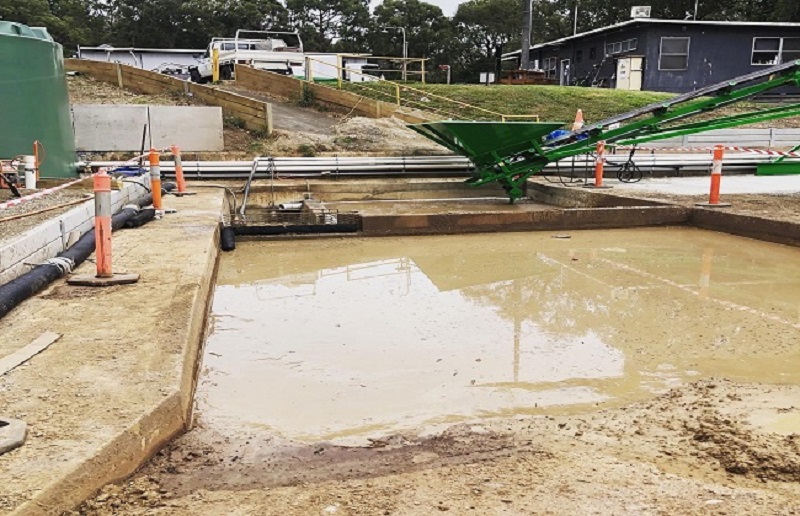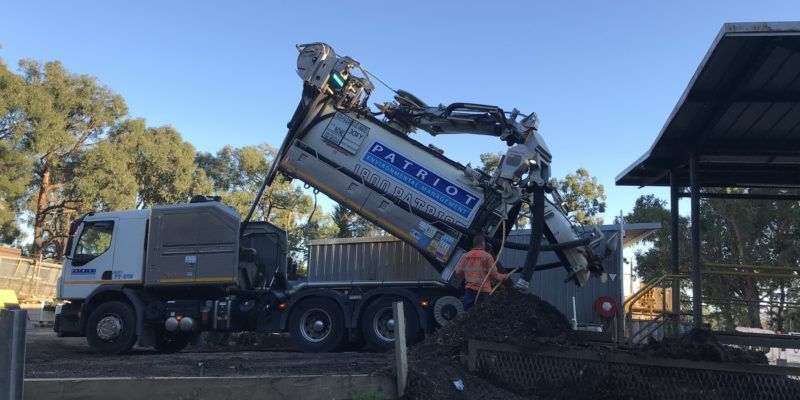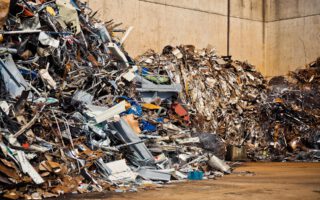Waste disposal facility destroys or recycles unwanted, unused, or outdated household, agricultural, medical, or industrial waste. There are a variety of garbage disposal options available, some of which are more efficient than others. These are some of them:
Waste disposal is the recycling processing, collection, or deposition of the waste materials of society. The composition and source determine the waste. In other words, the waste materials are either solid or liquid in form. The components might be either inert or hazardous according to the effect on the environment or health. The word “waste” is applied an electronic waste, hazardous waste, sewage, and solid waste.
Let’s Discuss The Various Waste Disposal Facility.
Municipal Liquid Waste Disposal Facility
In the industrial world, MLW or municipal liquid waste is being funneled through the sewage system. Then, it goes under sewage treatment or wastewater treatment. This waste disposal facility removed most of the impurities from the sewage or wastewater before reaching the surface water or groundwater aquifers like oceans, estuaries, lakes, and rivers.
Municipal Solid Waste Disposal Facility
The MSW or refuse waste is a non-hazardous solid waste from the community which requires transport and collection to disposal or processing site. The refuse waste includes rubbish and garbage. The garbage waste is decomposable, and the rubbish is dry material like cloth, paper, and glass. On the other hand, a trash contains bulky materials such as demolition and construction waste, tree stumps, couches, old refrigerators, rebar, concrete, bricks, drywall, and wood. All require special handling and collection.
The MSW waste disposal facility includes deposition in sanitary landfills. In this facility, the pots are sealed with synthetic bottom liners where the waste gets isolated.
Hazardous Waste Disposal Facility
In liquid and solid waste, some forms are being determined as hazardous waste. It is because that they are very harmful to the environment and human health. The hazardous wealth includes materials that are radioactive, infectious, corrosive, ignitable, reactive, and toxic. The toxic wastes are generally chemical wastes from the biological, chemical, and industrial processes, which can cause death or injury if it gets absorbed or ingested by the skin.

The reactive waste is unstable and reacts vigorously with water and air. Infectious waste is the materials that might contain pathogens. The radioactive wastes are used to generate nuclear power, isotopes of iodine and cobalt, which is used in cancer treatment. It emits ionizing energy, which can harm every living organism. The hazardous waste disposal facility poses particular disposal, storage and handling challenges, varying according to the material’s nature.
Electronic Waste Disposal Facility
E-waste or electronic waste is electronic equipment that has been ceased to the value of the user. Waste that doesn’t satisfy its original purpose. It might be broken, replaced or redundant. The e-waste includes brown and white goods. Whites good ate the microwave, washing machine, refrigerators and the brown goods include smartphones, computers, radios, and television.
Electronic waste is different from traditional waste. Electronic waste even contains high toxic substances with complex combinations. It also poses a danger to the environment and health. In the waste disposal facility, it should be treated as hazardous materials. It contains the non-recyclable parts which enter the solid waste. The e-devices contain recoverable Lady’s such as platinum, silver or gold and any other recyclable materials that can be used to make new electronic items.
Conclusion
Here are some briefs about the types of waste and the waste disposal facility.



